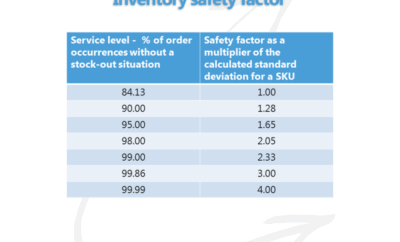
Logistics
How to Reduce Truck Traffic: Smart Solutions for Cleaner Roads
Understanding the Different Types of Logistics Services Centres for Effective Freight Movement
In 2005, I authored a client report recommending the establishment of a logistics hub in the west of Melbourne. Fast forward to March 28, when an article in The Age caught my attention. It discussed a partnership between a commercial property developer and a logistics provider to operate and expand three sites on the outskirts of Melbourne. These sites transport containers by rail from the Port of Melbourne, which are then transferred to trucks for local deliveries. This setup functions as an intermodal terminal. Interestingly, the article referred to these sites as “freight hubs” and “inland ports,” while the state government uses the term “freight activity centre.” So, what’s the right term to use?
Defining a Logistics Services Centre (LSC)
In my view, a Logistics Services Centre (LSC) is an investment in intermodal infrastructure and value-adding services, located strategically away from urban centres to facilitate international trade. However, the terminology surrounding LSCs can be confusing, as there’s no universally accepted standard. The term used often depends on the scale of the centre and the range of services it provides.
Types of Logistics Services Centres
Here’s a breakdown of the different types of LSCs, each catering to distinct logistics needs:
-
Freight Village
A small-scale intermodal terminal, usually covering up to 10 hectares. It consolidates a single commodity (such as agricultural products) for transport to a port or distant city. It may be referred to simply as a “Logistics Centre.” -
Inland Port
Typically spanning 30–50 hectares, an inland port is connected to major roads and rail lines. Around 25% of the space is dedicated to logistics operations, with the remaining area used for value-added services. These centres often feature Foreign Trade Zones, bonded warehouses, and similar facilities. They are sometimes called “Intermodal Freight Terminals” or “City Freight Terminals.” -
Logistics Hub
Covering a much larger area (between 2,000 and 5,000 hectares), logistics hubs are designed to accommodate both logistics operations and various value-added services. About 20% of the hub is dedicated to logistics services, while the rest of the space supports a freight airport, business service centres, and industry-specific clusters. These may also be known as “Special Logistics Areas” or “Freight Industrial Parks.” -
Logistics City
The largest of the centres, a logistics city can span up to 25 square kilometres, often located near a large urban area of over 3 million people. Around 40% of the area is designated for logistics operations, with additional space for housing business offices, employee accommodation, educational institutions, and exhibition centres. A logistics city is typically linked to a seaport.
The Confusion Around Terminology
In the article, the managing director of the property developer mentioned that one of the sites would be developed into a ‘logistics city,’ even though the site covers only 180 hectares. This is a prime example of how logistics terminology can vary widely, often leading to confusion. As is common in supply chains and logistics, the definitions of LSCs can be open to interpretation, making it important to understand the underlying services and scale of each facility.




0 comments